Custom Backpack Materials
What We Have
Custom Backpack Materials selection depends on functionality and scenarios (e.g., nylon for outdoor bags, cotton blends for baby products). Hybrid designs (e.g., nylon + leather) often optimize performance and aesthetics.
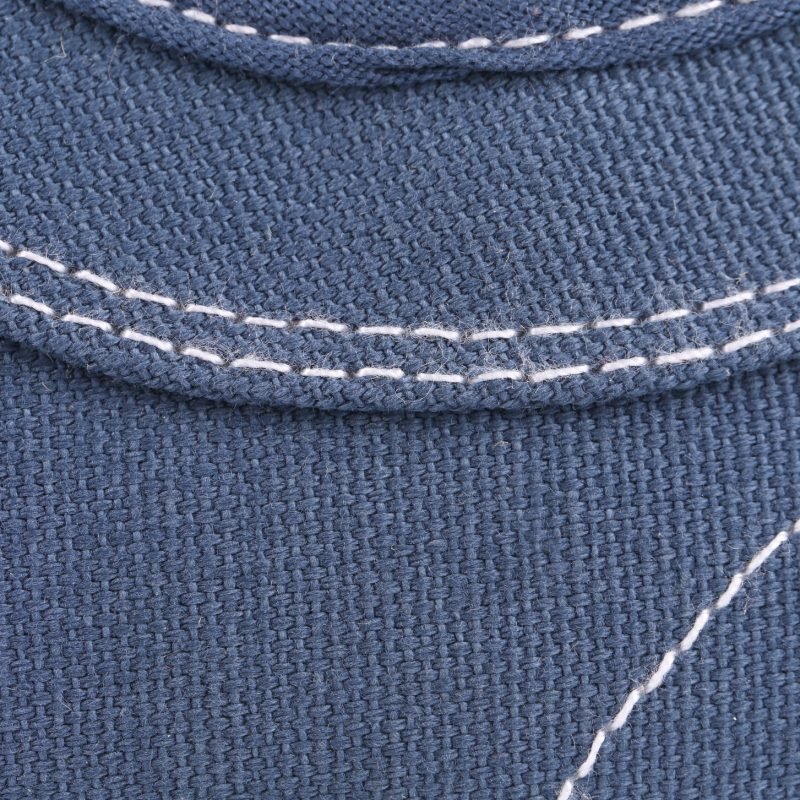
Nylon Fabric
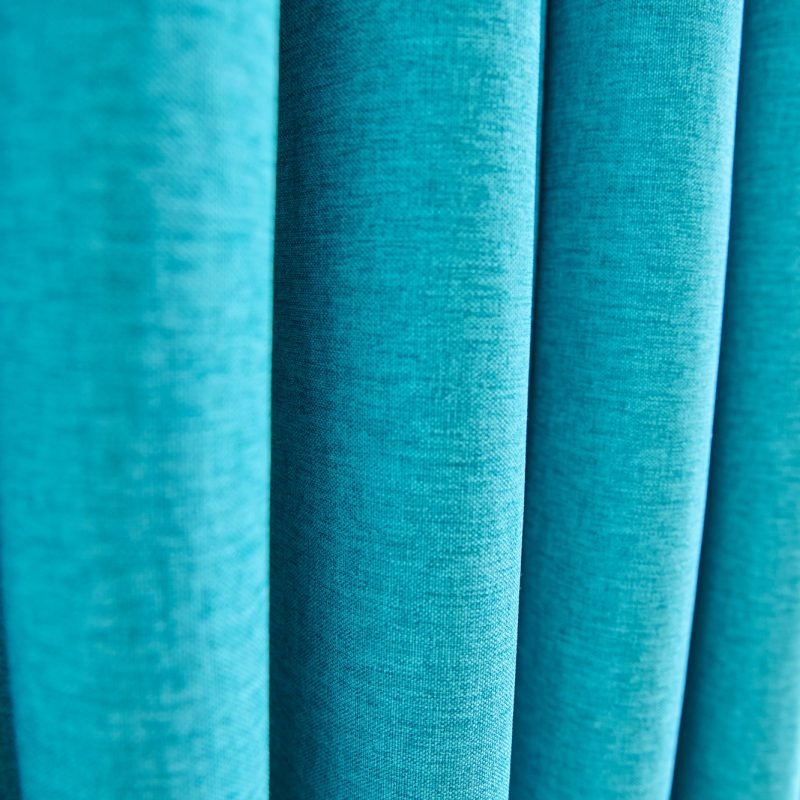
Polyester Fabric
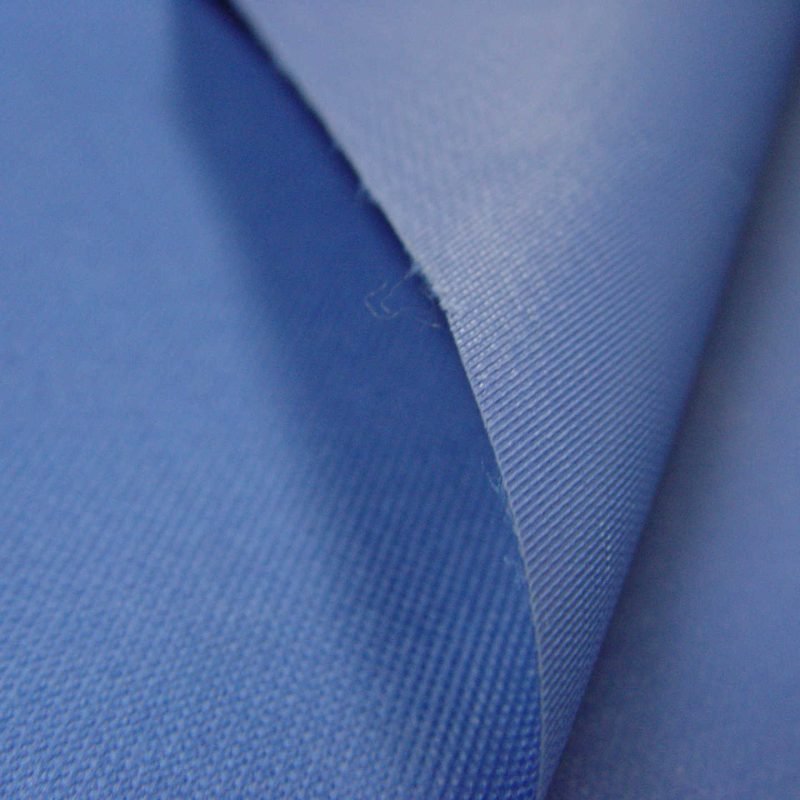
Oxford Fabric
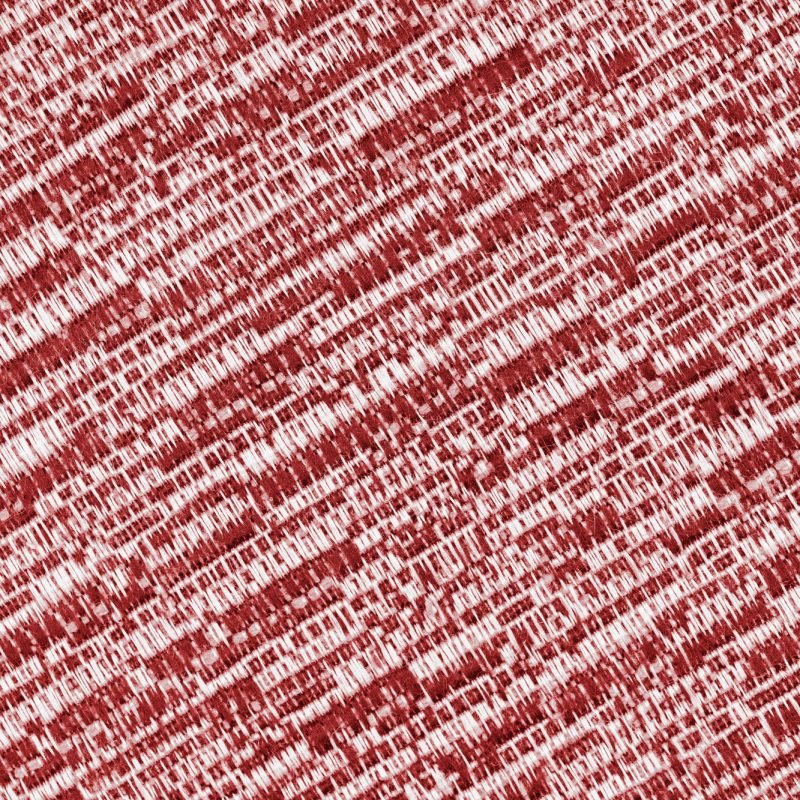
Bamboo Fabric
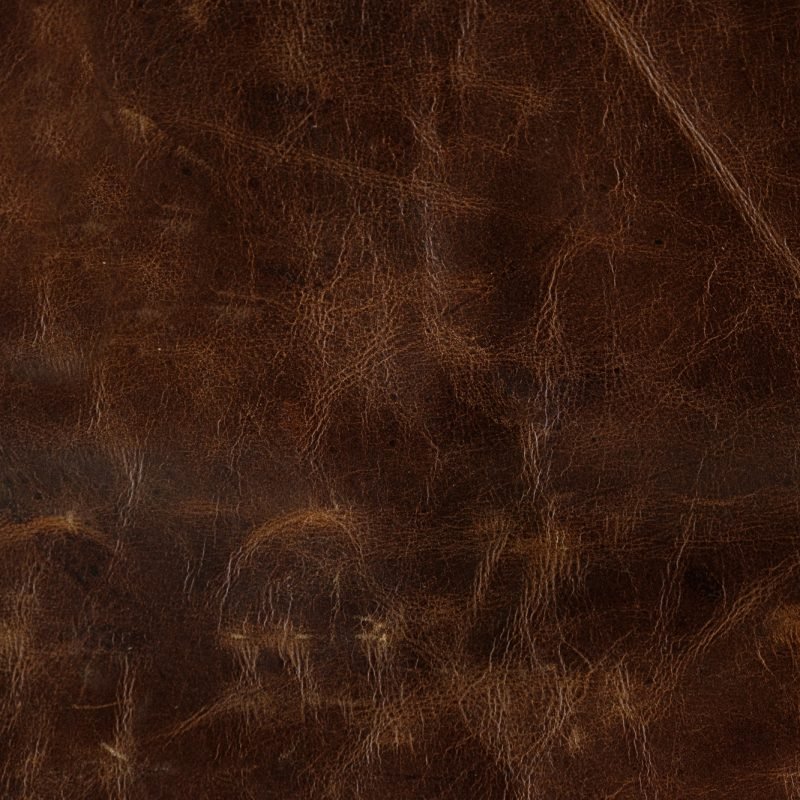
Polyester Blend
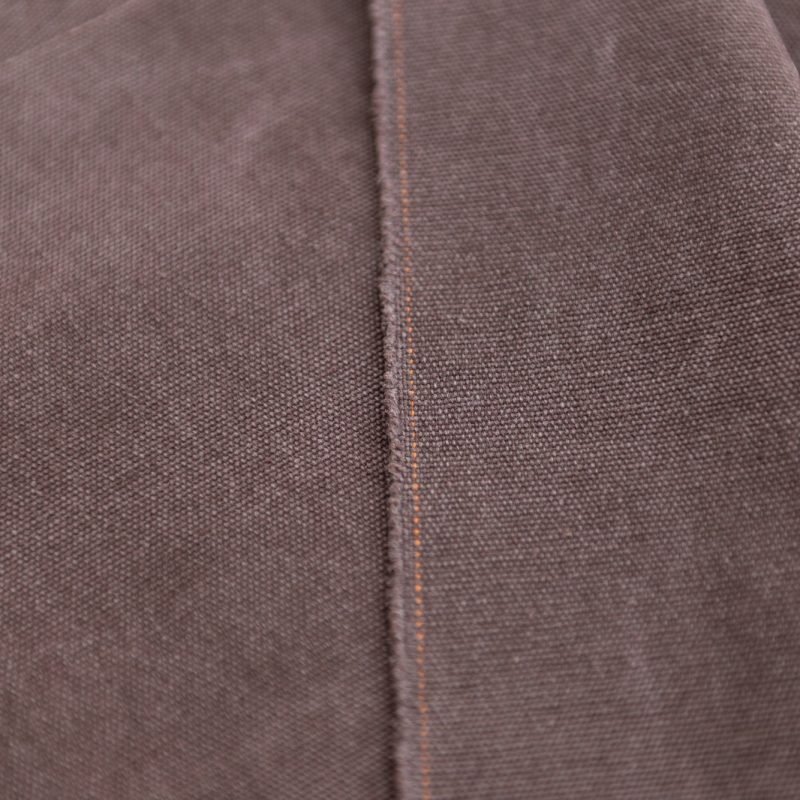
Canvas Fabric
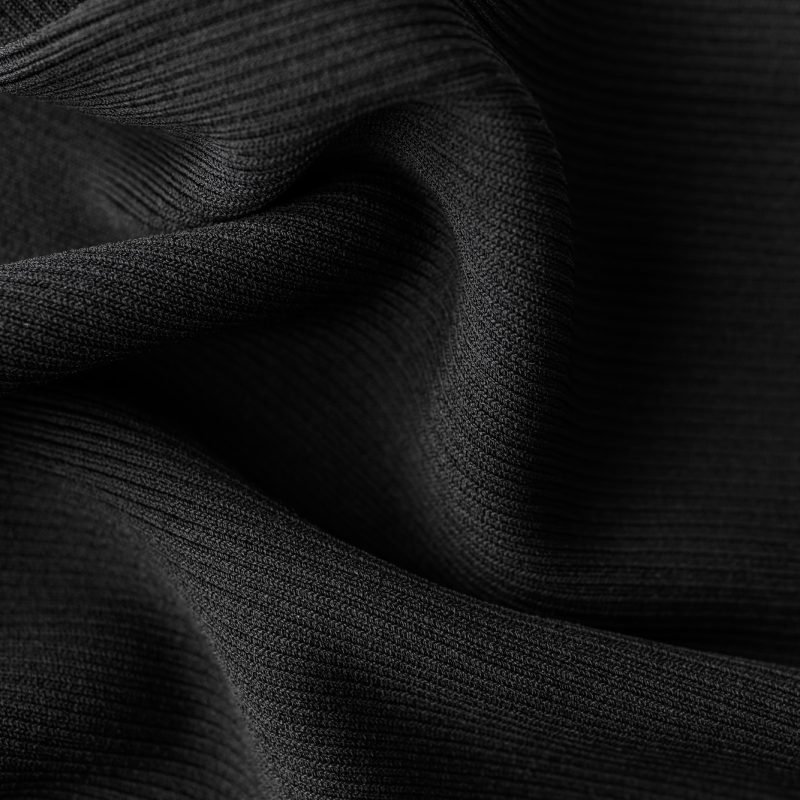
Polyester & Spandex (Elastic Blend)
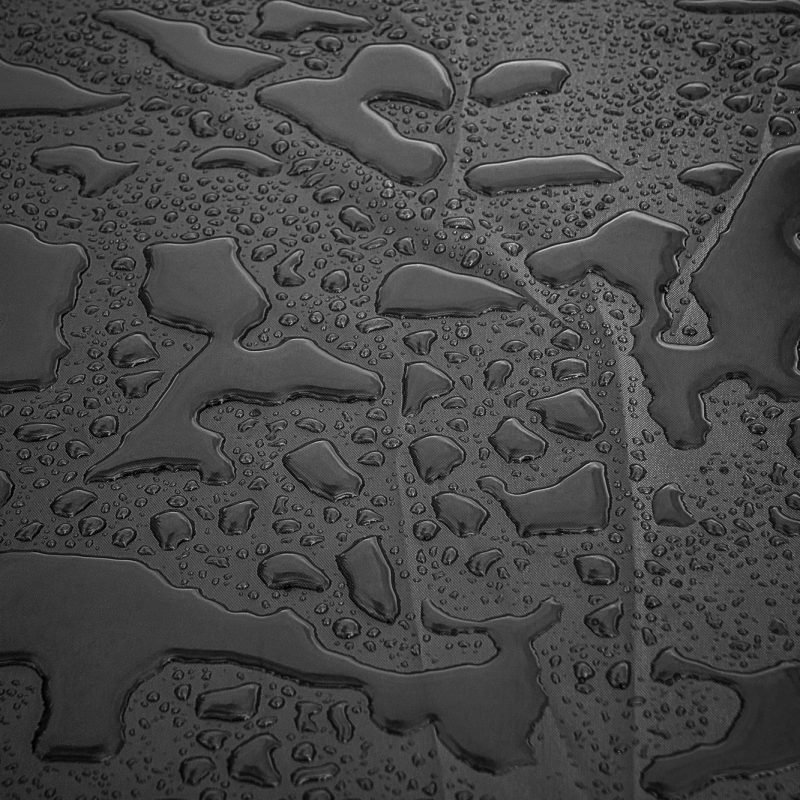
Waterproof TPU Fabric
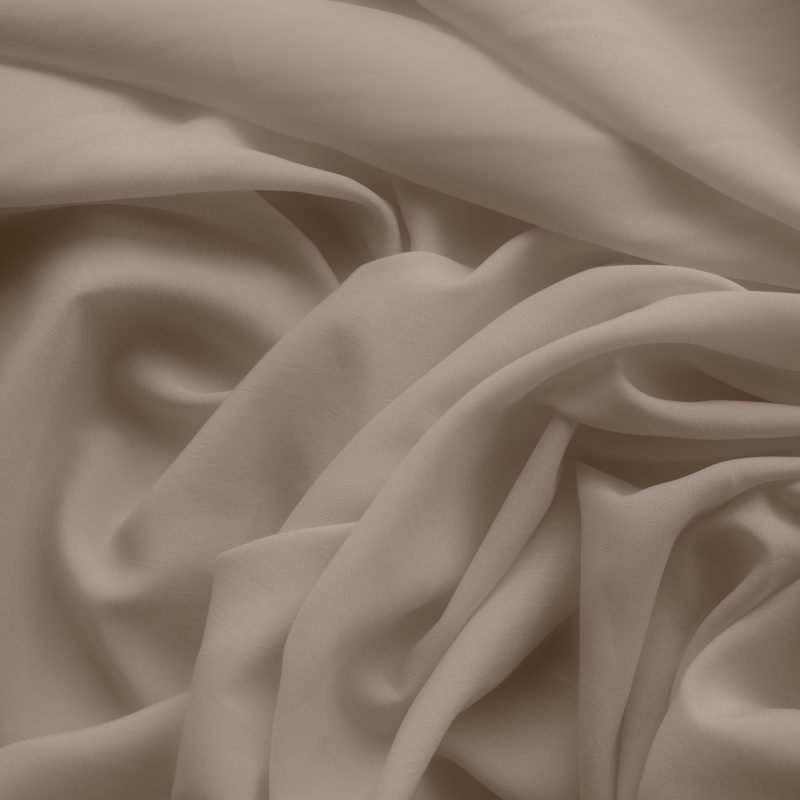
Cotton-Blend Fabric
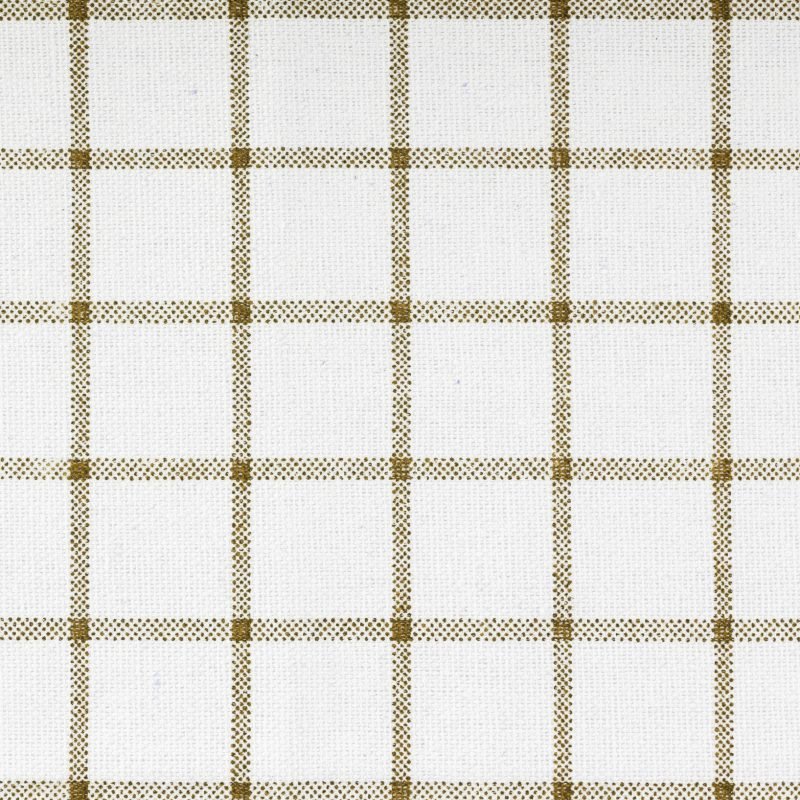
Polycarbonate
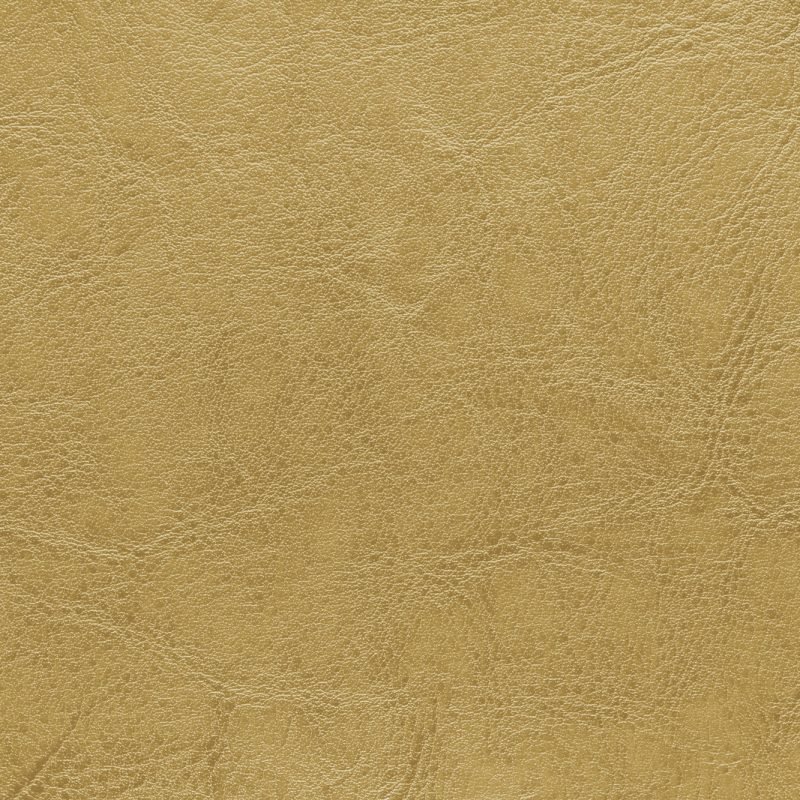
Cowhide Leather
Our Backpack Material Advantages
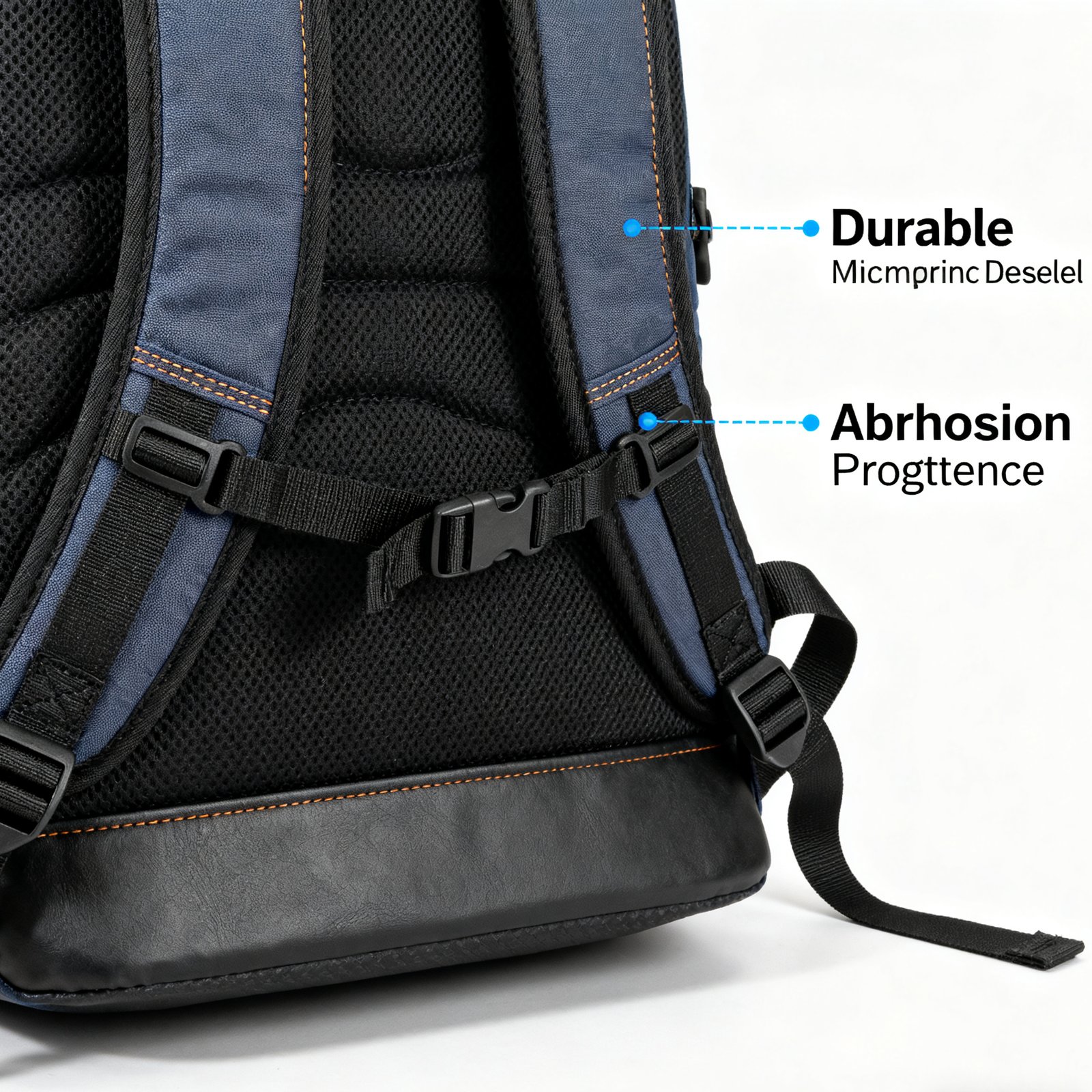
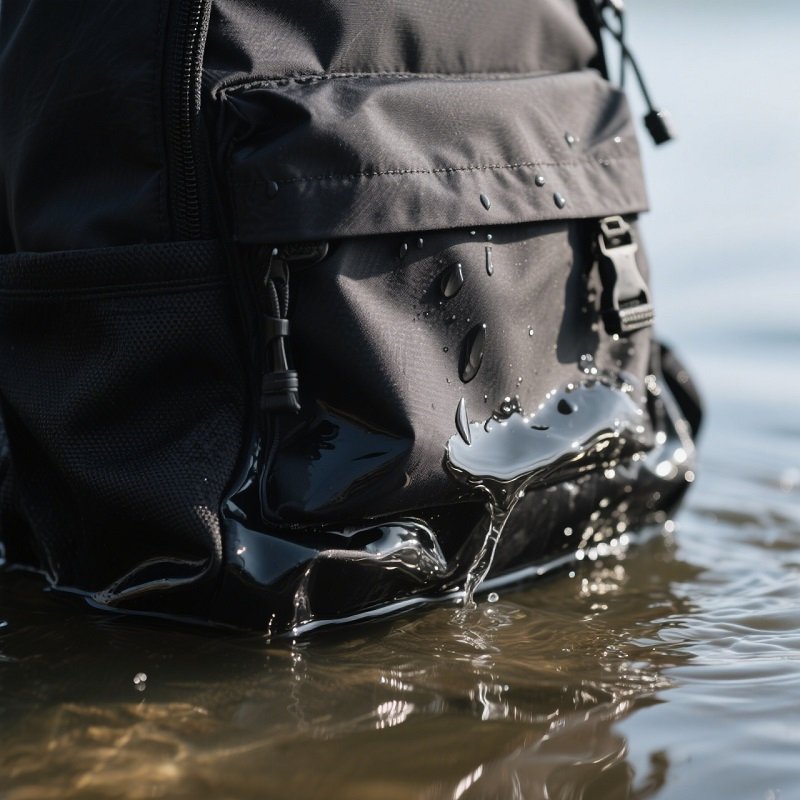
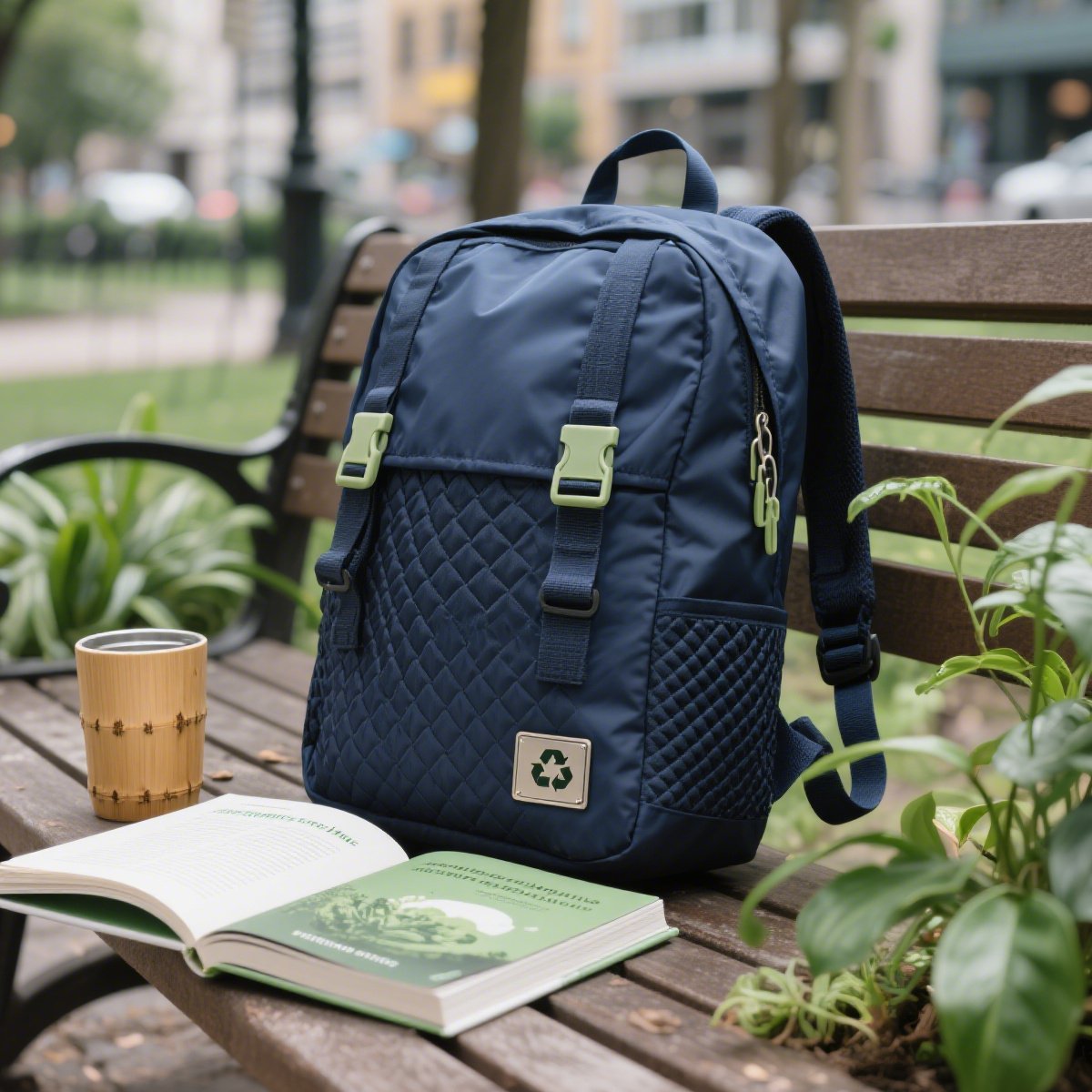
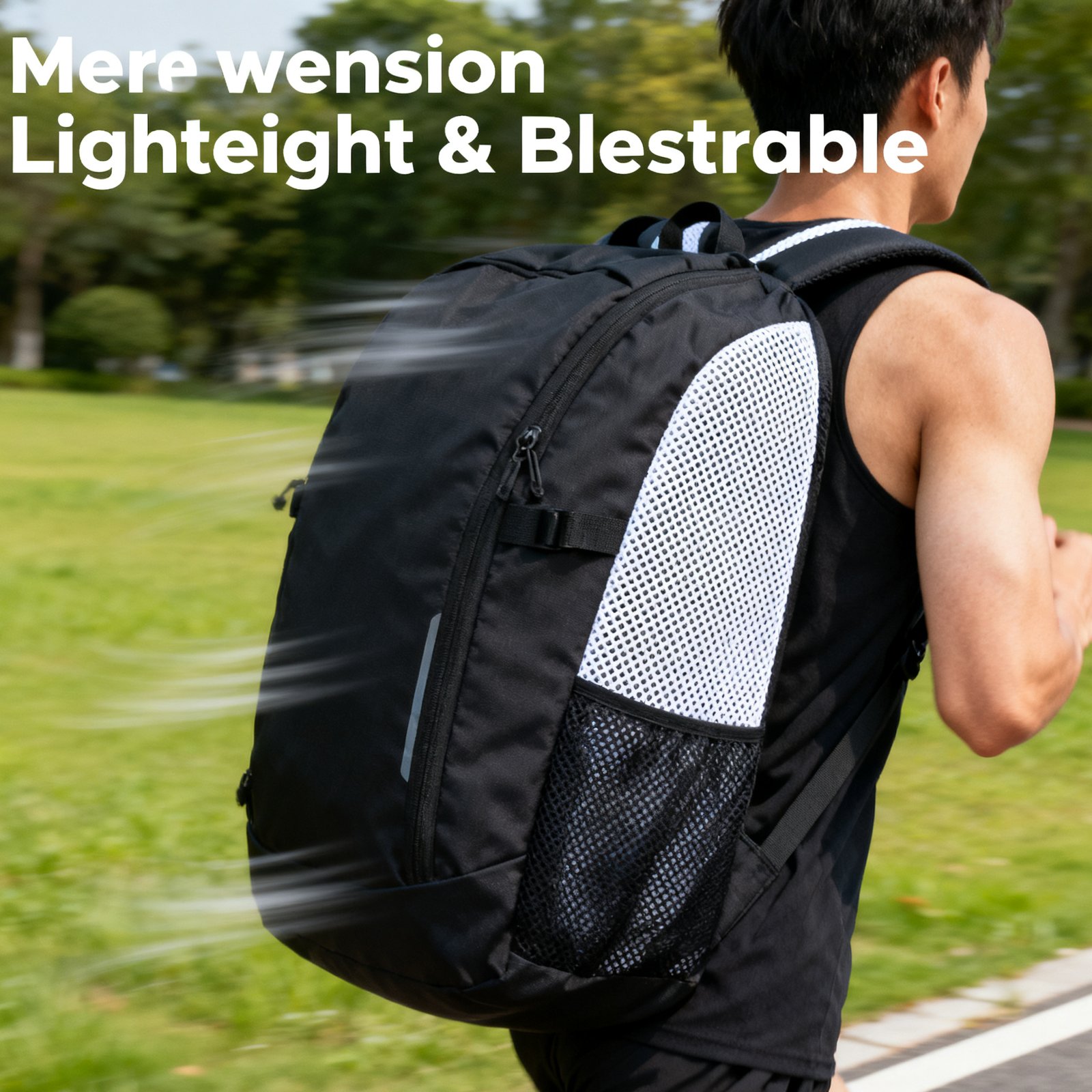
Explore Our Backpack Products
The backpacks blend waterproof protection, anti-theft design, and ample capacity with high-quality materials for reliable performance. Built for everyday use, school, commuting, outdoor adventures, and business settings—comfort and style you can count on in any environment. Thoughtful details include durable fabric, reinforced zippers, organized pockets, and ergonomic support that make daily carry effortless.



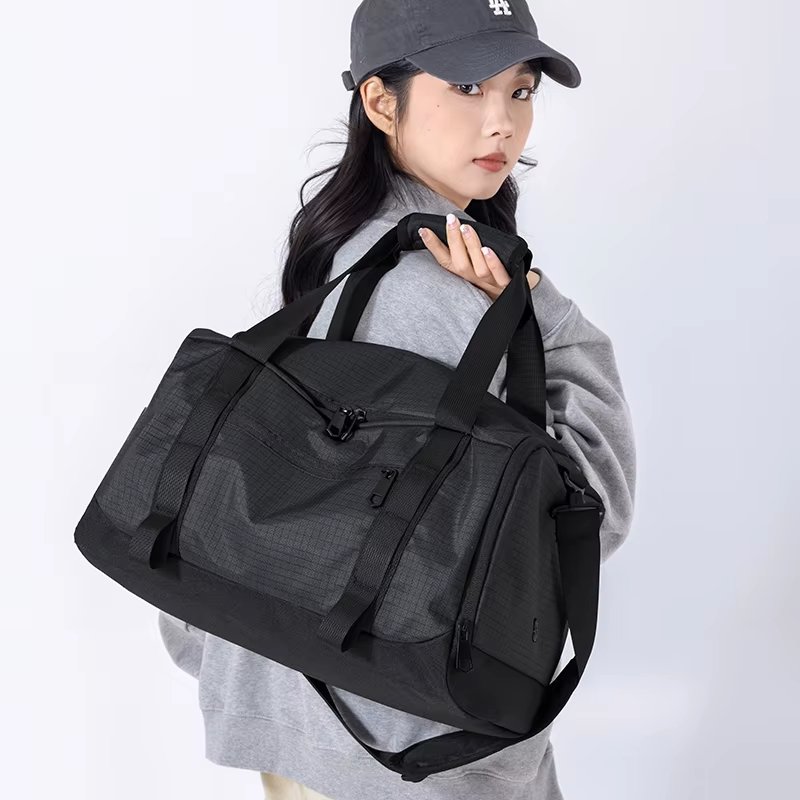
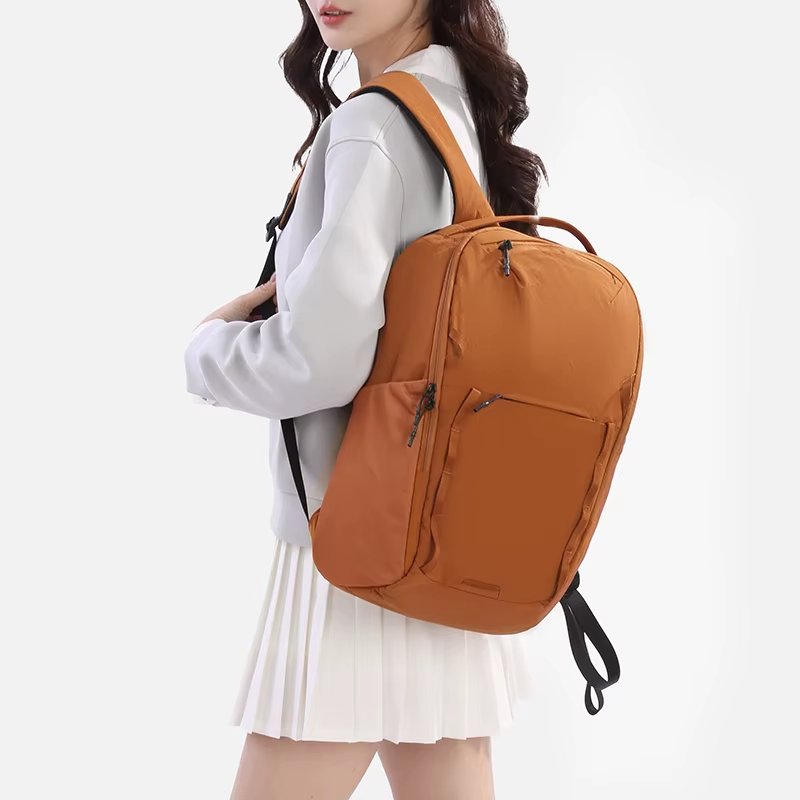
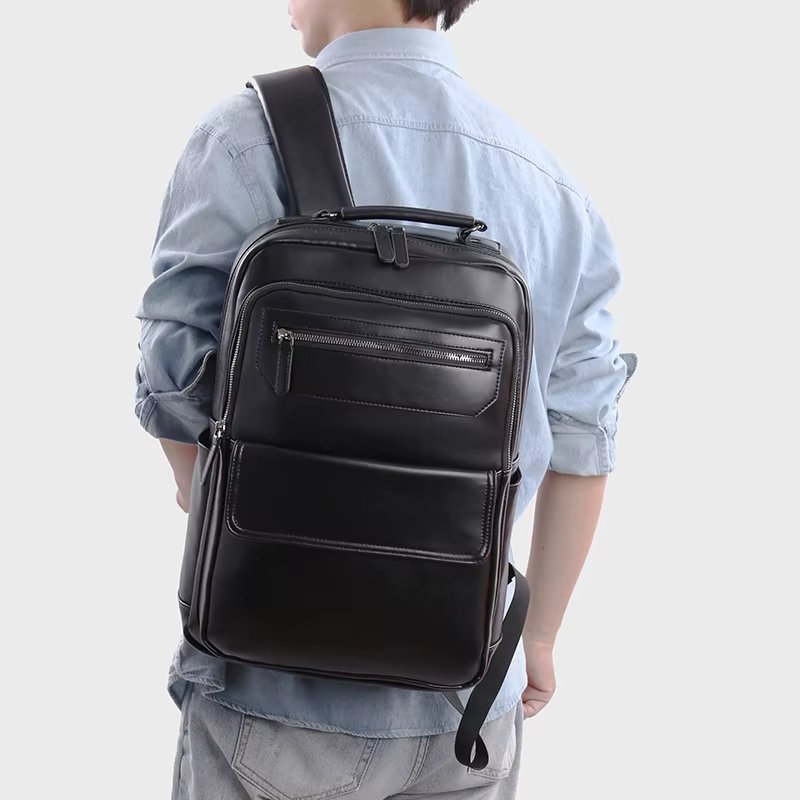
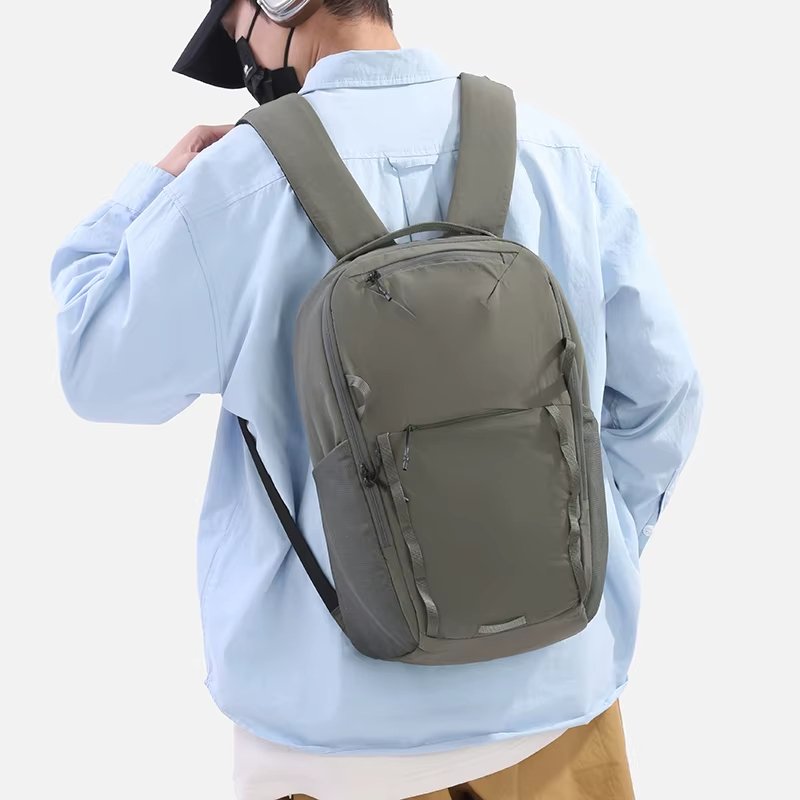
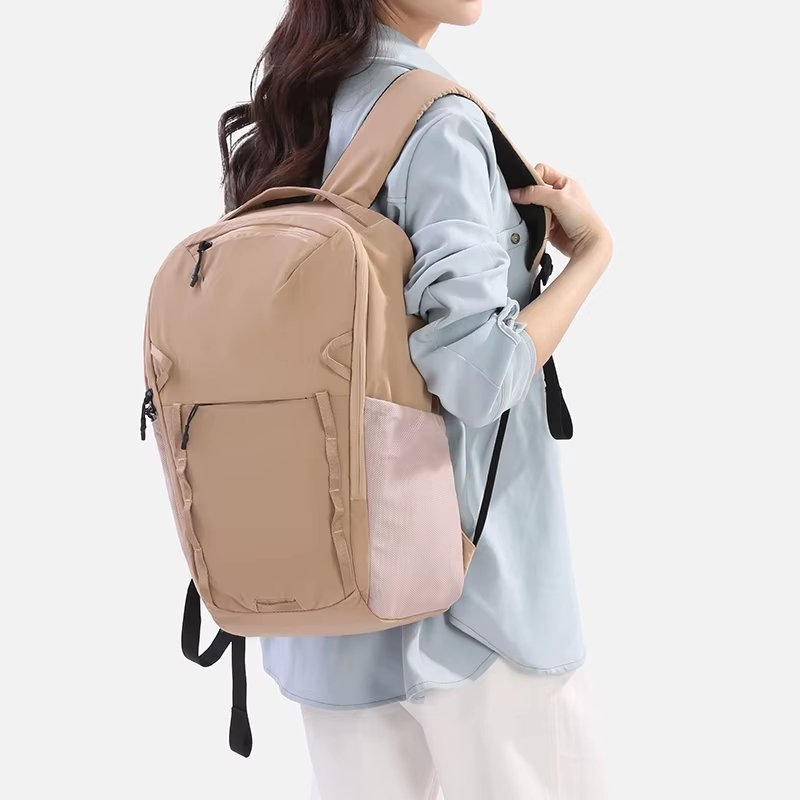
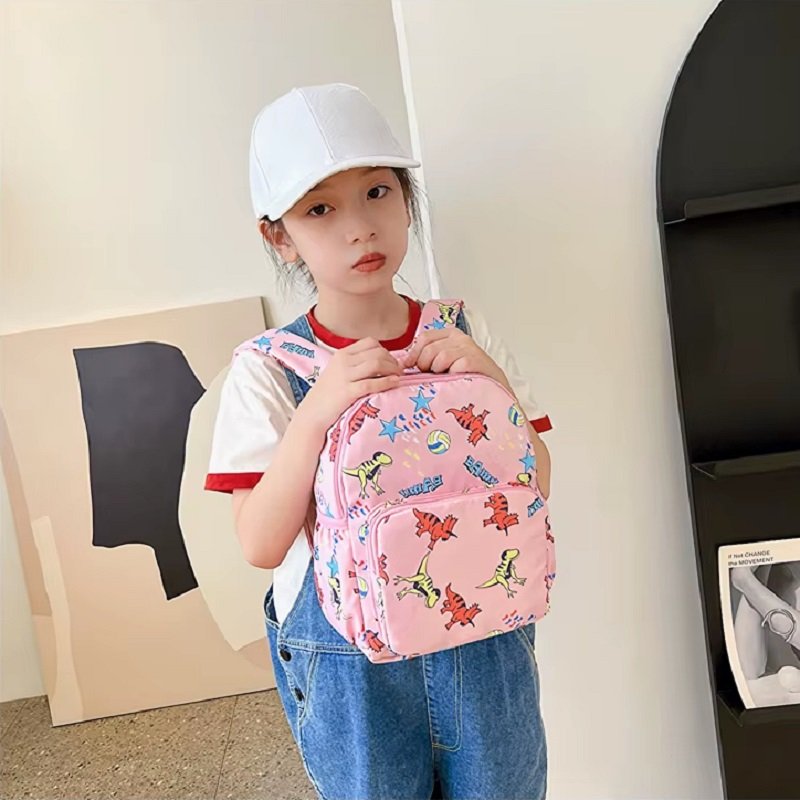
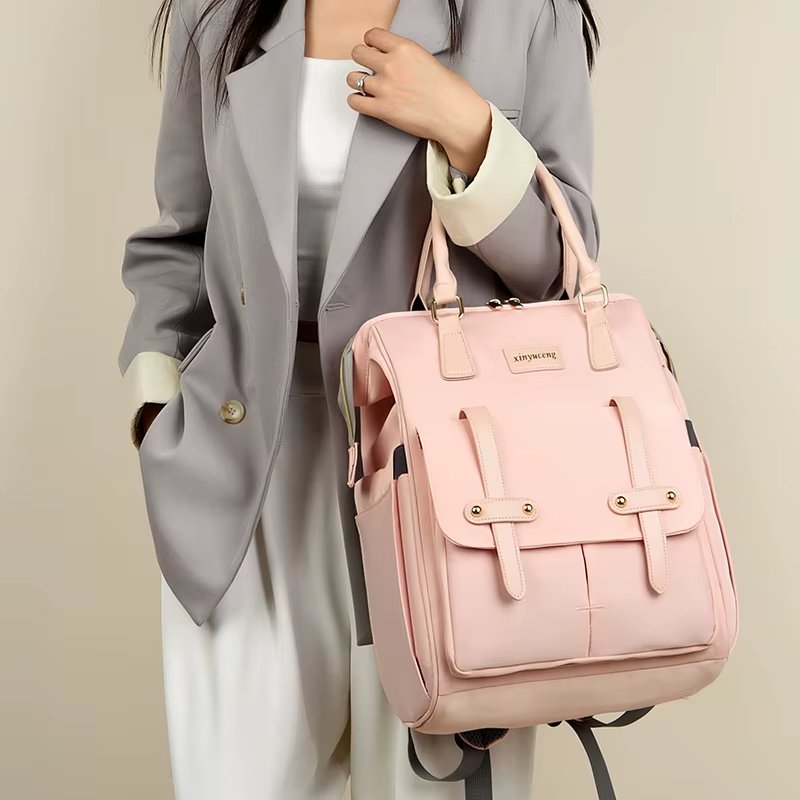
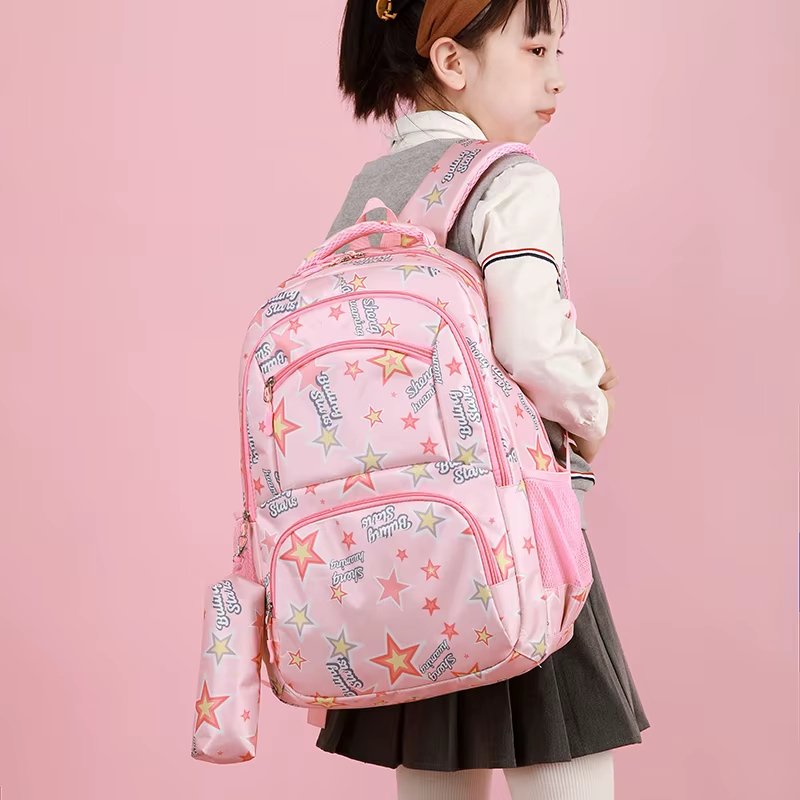

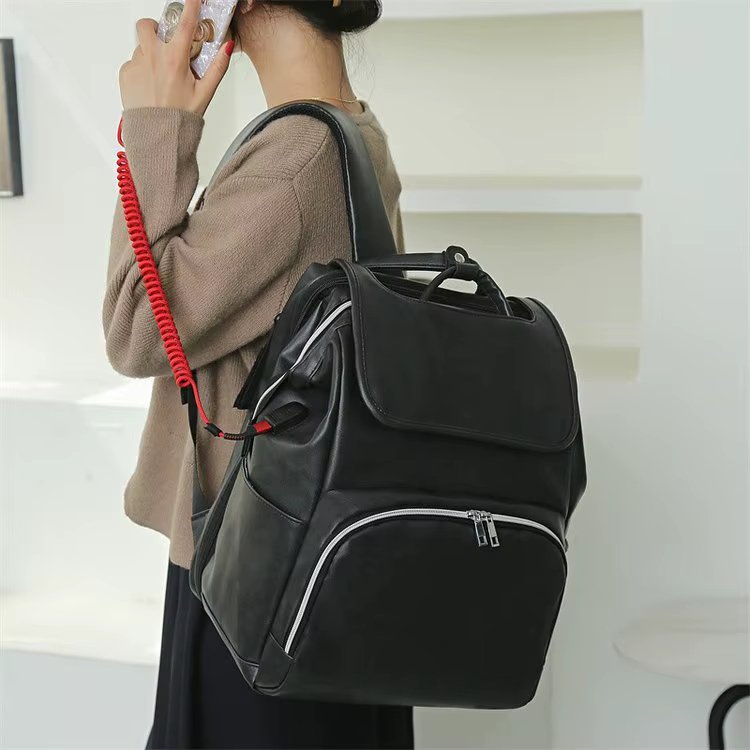
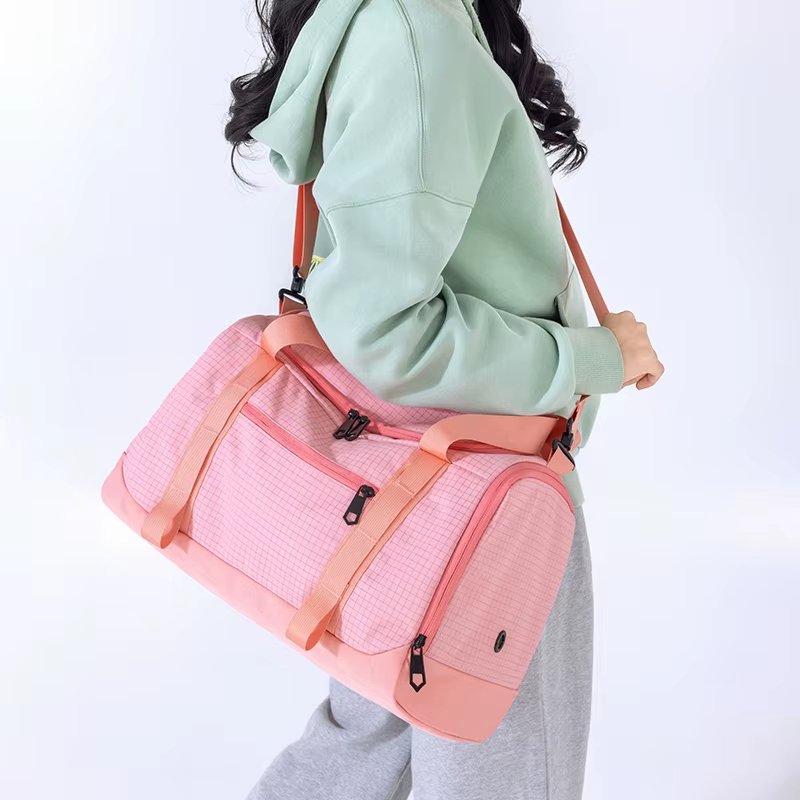
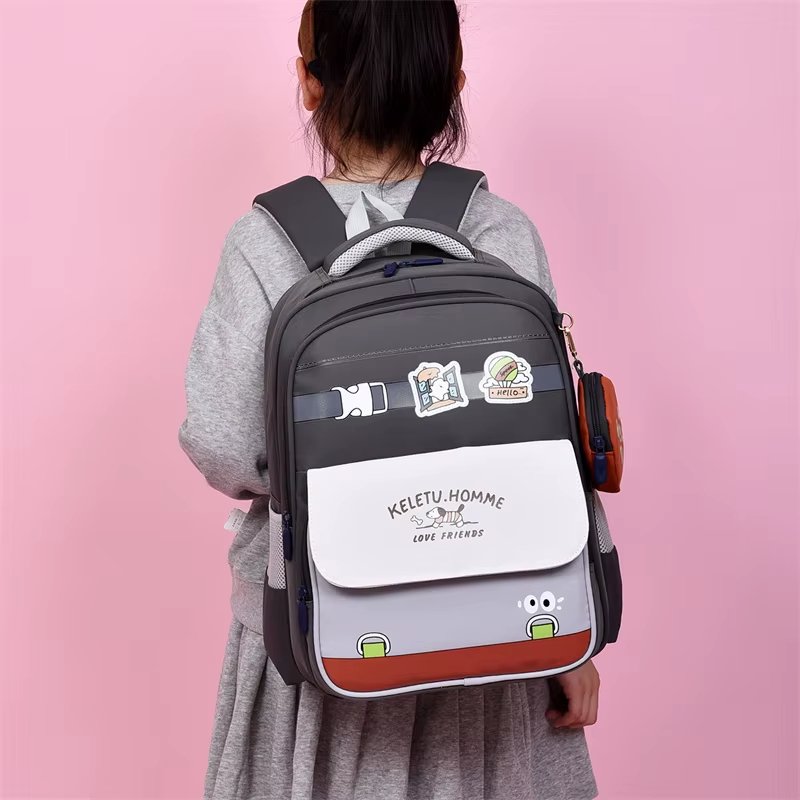
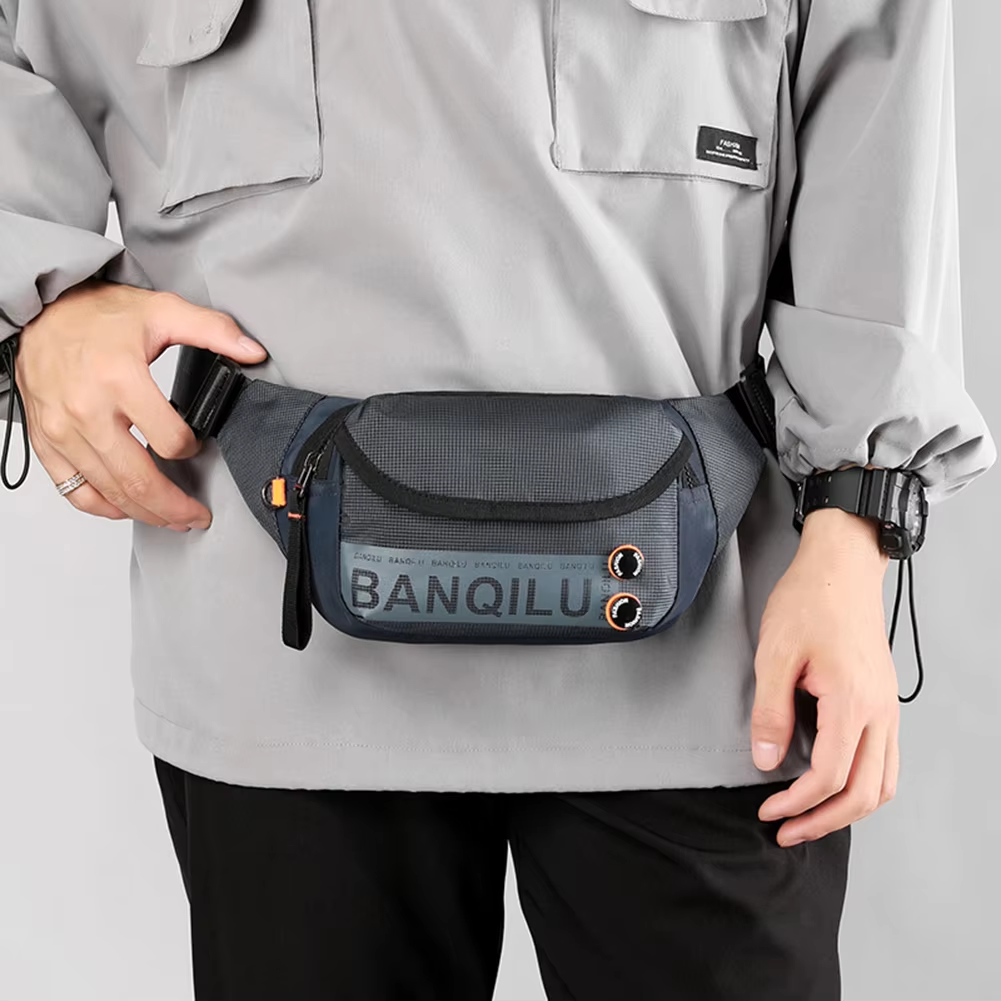
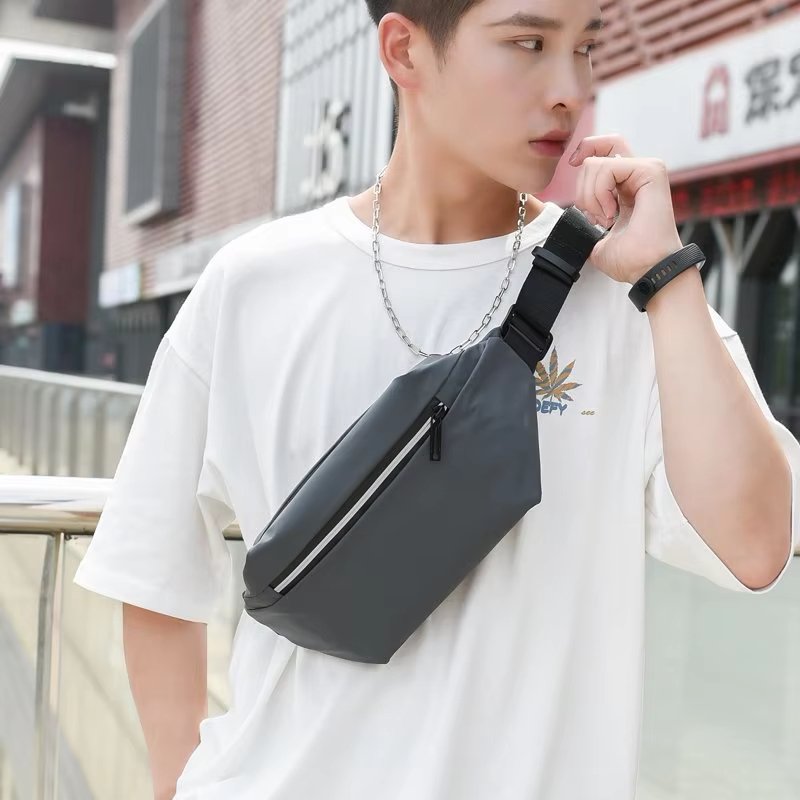
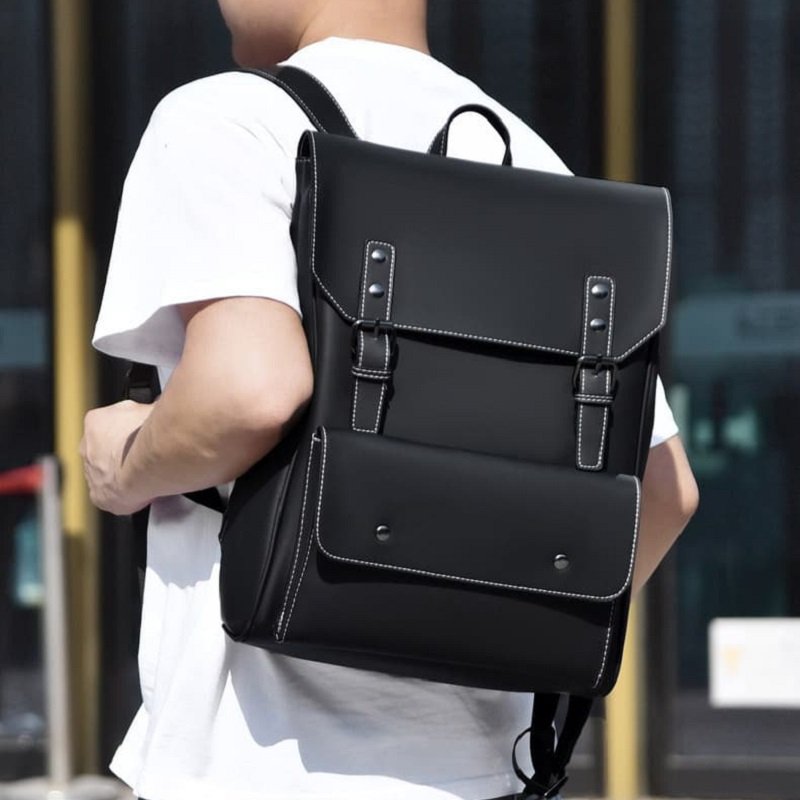
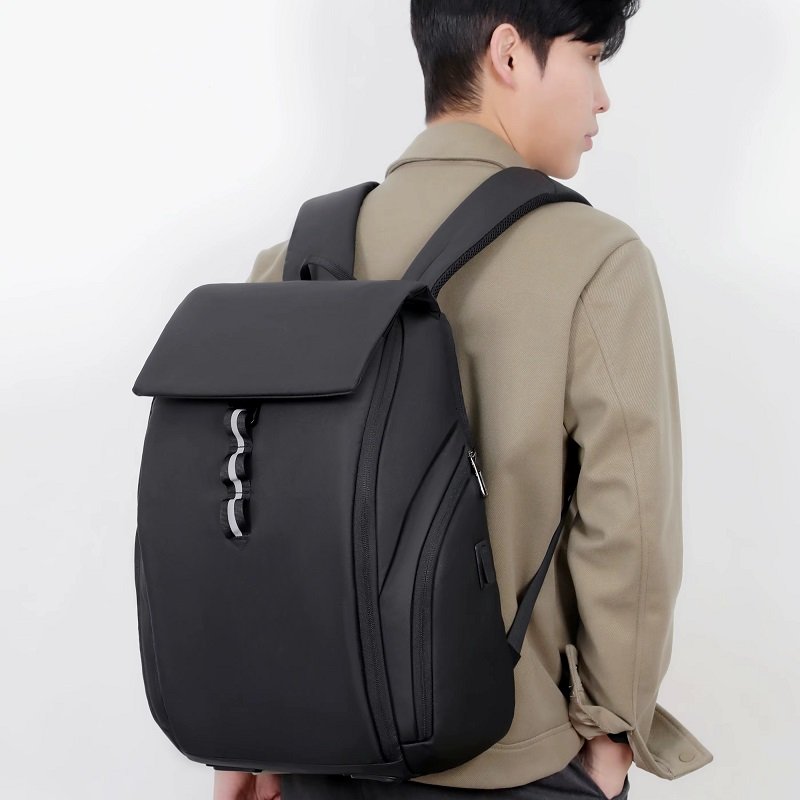
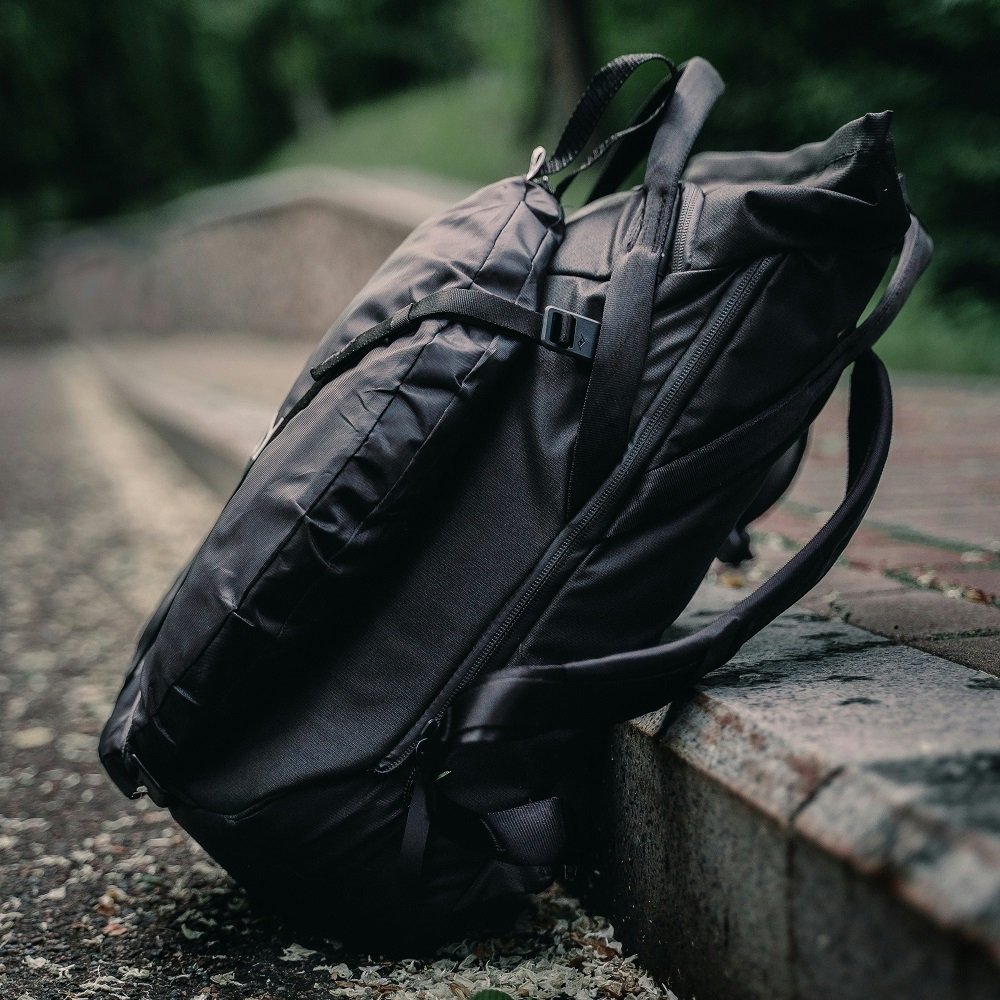
Contact
Ask Us Anything
Got a question? We’re here to help! Just reach out, and we’ll get back to you with the necessary answers.
Analysis Before Customizing Backpacks
Backpack manufacturers tell you the advantages of various backpack materials
After the customer has determined the design of the backpack, the backpack manufacturer will start to choose the backpack materials, which materials to use for each part, and how to achieve a perfect balance between lightness, strength, appearance, environmental protection and cost.
I. Main Materials & Characteristics
-
- Polyester (Polyester Fiber)
-
- Characteristics: Wrinkle-resistant, shape-retaining, wear-resistant, low moisture absorption but quick-drying, moderate dyeability with high color fastness.
-
- Applications: Main fabric (300D+ specifications) or lining (150D/210D).
-
- Suitability: Daily commuter bags, travel backpacks; ideal for users prioritizing durability and cost-effectiveness.
-
- Alternatives: Nylon (more wear-resistant), Oxford cloth (lighter).
-
- Polyester (Polyester Fiber)
-
- Nylon (Polyamide)
-
- Characteristics: Superior abrasion resistance, lightweight, elastic, better moisture-wicking than polyester.
-
- Applications: Main fabric (e.g., 500D high-density nylon), shoulder straps, or load-bearing systems.
-
- Suitability: Professional outdoor gear (e.g., hiking, cycling) for users needing lightweight, sweat-resistant designs.
-
- Nylon (Polyamide)
-
- Oxford Cloth/Canvas
-
- Characteristics: Tightly woven, durable, stain-resistant, breathable but prone to moisture absorption.
-
- Applications: Casual bags, travel backpacks.
-
- Suitability: Student backpacks or vintage-style designs for users valuing classic aesthetics.
-
- Oxford Cloth/Canvas
-
- Leather (Genuine/PU)
-
- Characteristics:
-
- Genuine Leather: Breathable, premium, but expensive and high-maintenance.
-
- PU Leather: Affordable, easy to clean, less breathable.
-
- Characteristics:
-
- Applications: High-end casual/formal backpacks, decorative components (handles, panels).
-
- Suitability: Business professionals or fashion-focused users.
-
- Leather (Genuine/PU)
-
- Functional Fabrics
-
- Water-Repellent Coating: Common in outdoor backpacks for weather resistance.
-
- Antibacterial Lining: Inhibits bacterial growth in humid environments.
-
- Elastic Materials: Used in expandable compartments for flexible storage.
-
- Functional Fabrics
II. Material-to-Usage Matching
| Backpack Type | Recommended Materials | Target Users |
|---|---|---|
| Daily Commuter | Polyester, nylon, PU leather | Office workers, students |
| Outdoor Sports | High-density nylon, oxford cloth | Hikers, cyclists |
| Business/Premium Casual | Genuine leather, water-repellent polyester | Professionals, luxury seekers |
| Travel Backpacks | Canvas, abrasion-resistant nylon | Long-distance travelers |
| Modular Backpacks | Water-repellent polyester + elastic fabrics | Multi-scenario users |
III. Common Alternatives
-
- PU vs. Genuine Leather: Lower cost but less durable and breathable.
-
- Recycled Nylon/Polyester: Eco-friendly but slightly less durable than virgin materials.
-
- Synthetic Coatings: Lightweight and water-resistant, yet less premium than leather.
IV. Backpack Material Identification Tips
-
- Burn Test:
-
- Polyester: Melts into hard plastic beads.
-
- Nylon: Burns slowly with a celery-like odor, leaving brown residue.
-
- Burn Test:
-
- Visual Inspection:
-
- Stitching: Neat, even stitches without loose threads.
-
- Hardware: Smooth zippers/buckles without rough edges.
-
- Visual Inspection:
-
- Texture & Finish:
-
- High-quality nylon has a soft sheen; counterfeit versions appear dull.
-
- Genuine leather feels supple; PU has uniform artificial grain.
-
- Texture & Finish:
-
- Functional Testing:
-
- Water-repellent fabric forms water droplets on contact.
-
- Verify antibacterial claims via lab reports.
-
- Functional Testing:
V. Cost-Reduction Strategies in Bulk Production
-
- Design Simplification: Standardize components (zippers, buckles) and minimize complex stitching.
-
- Material Substitution: Use cost-effective alternatives (e.g., generic high-density nylon instead of branded variants).
-
- Automated Production: Adopt cutting/sewing machines to reduce labor costs.
-
- Bulk Procurement: Source raw materials in bulk for volume discounts.
-
- Lean Manufacturing: Optimize workflows to minimize waste and energy use.
